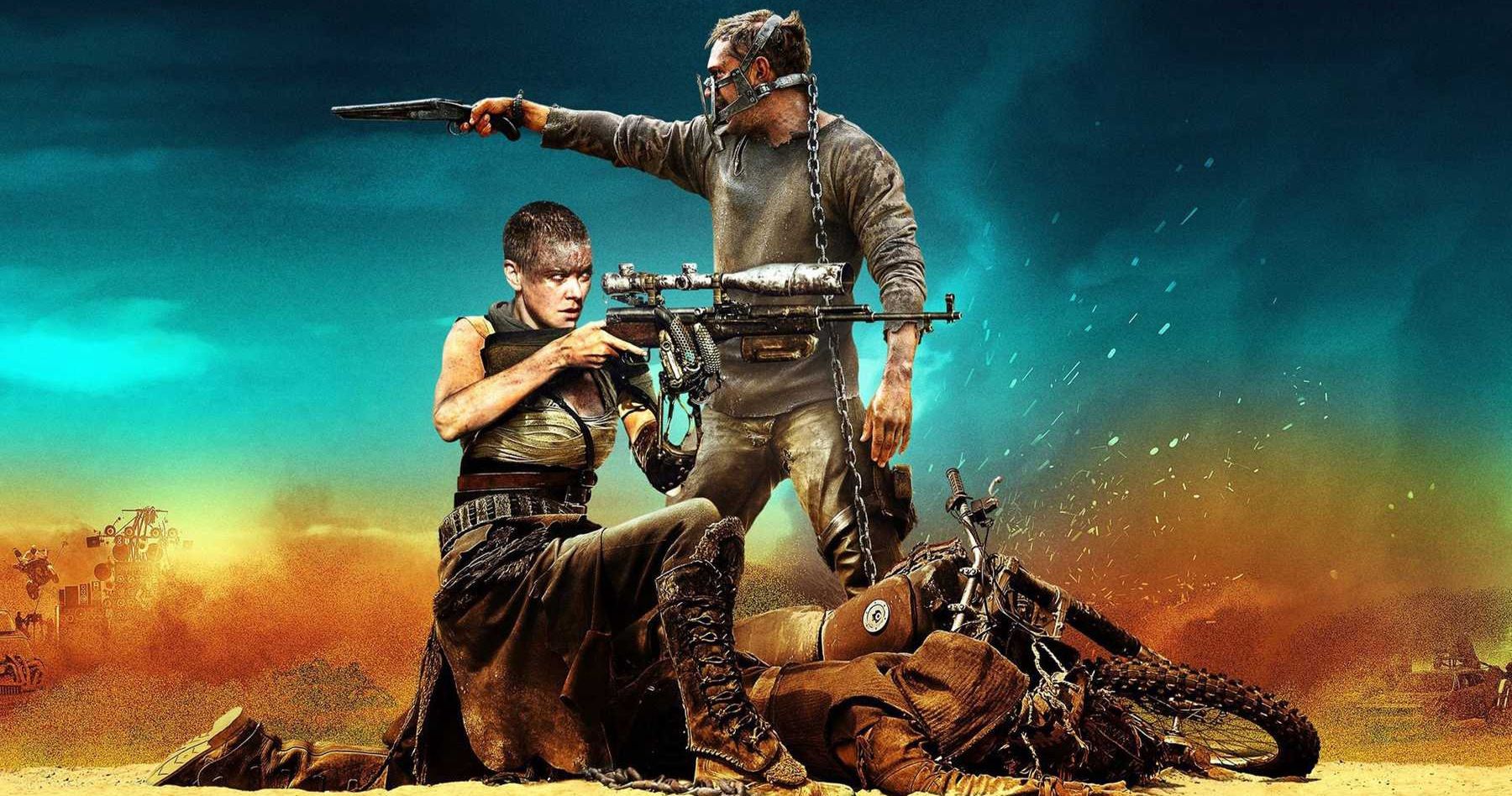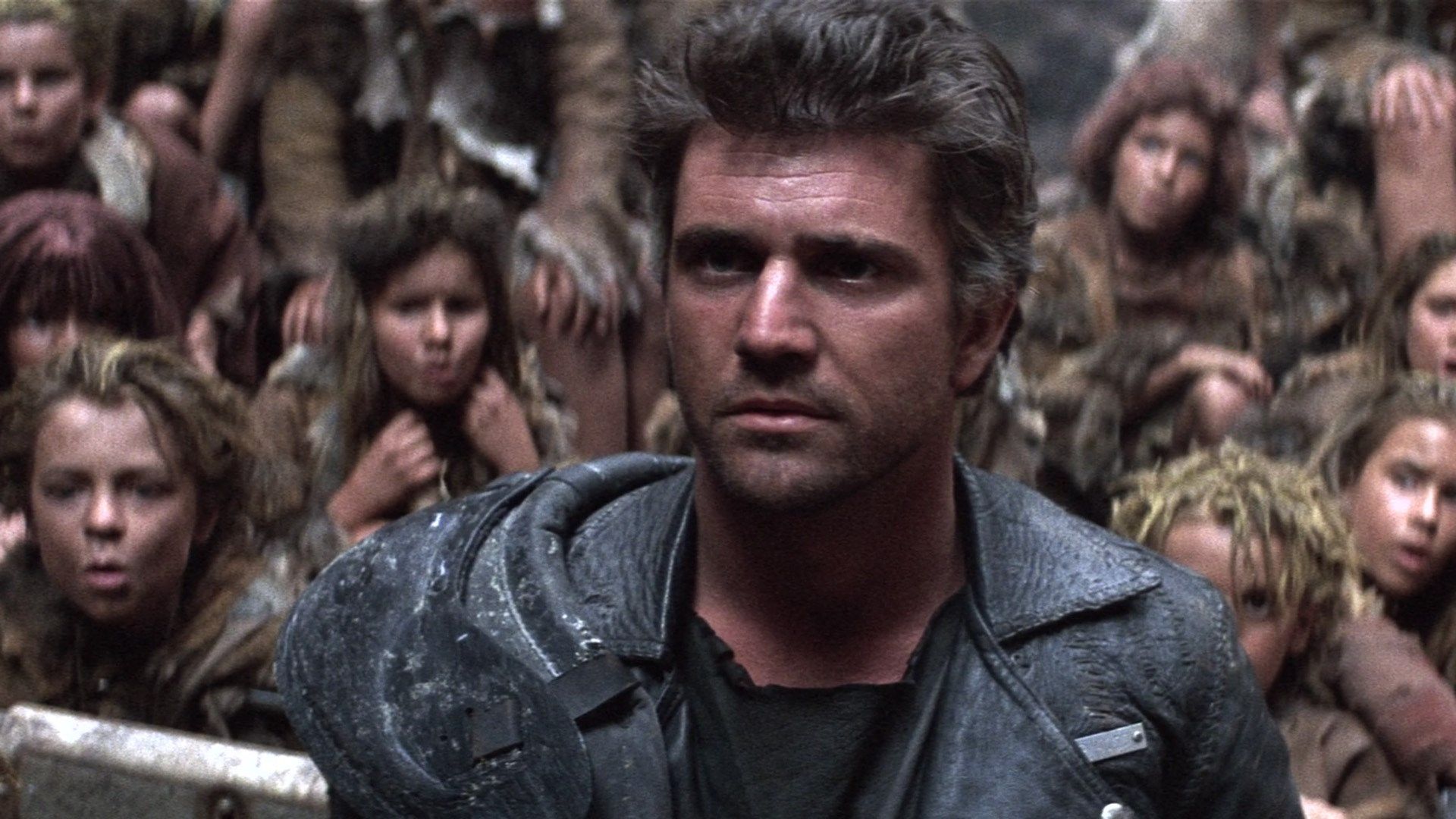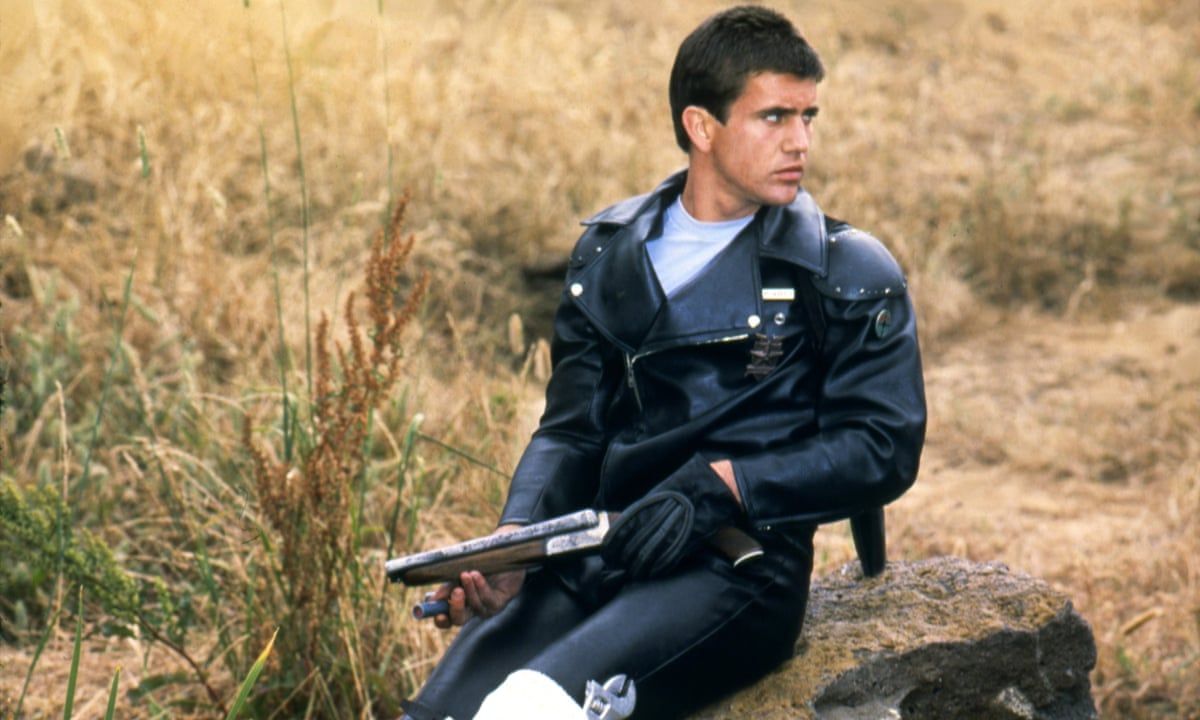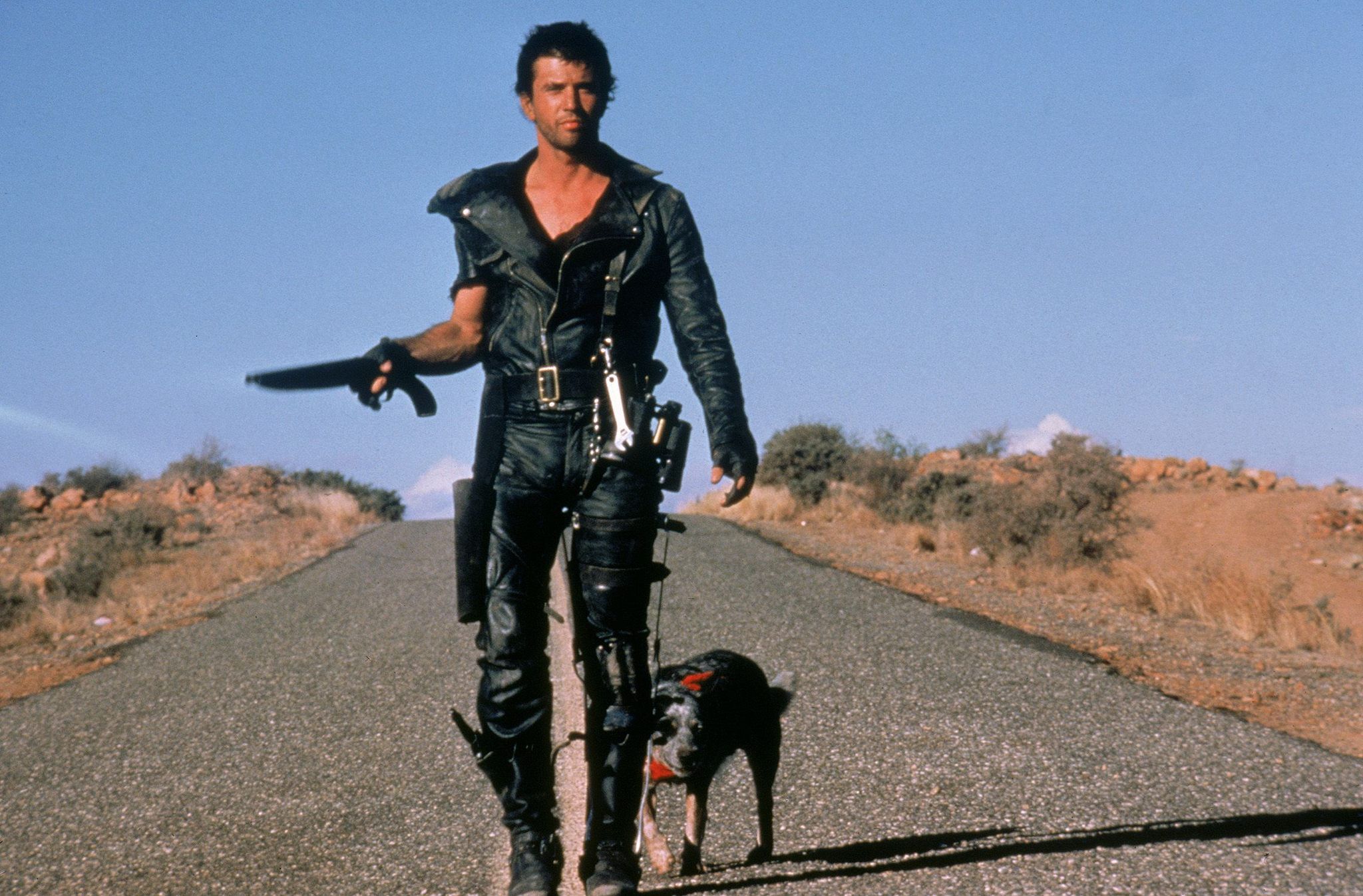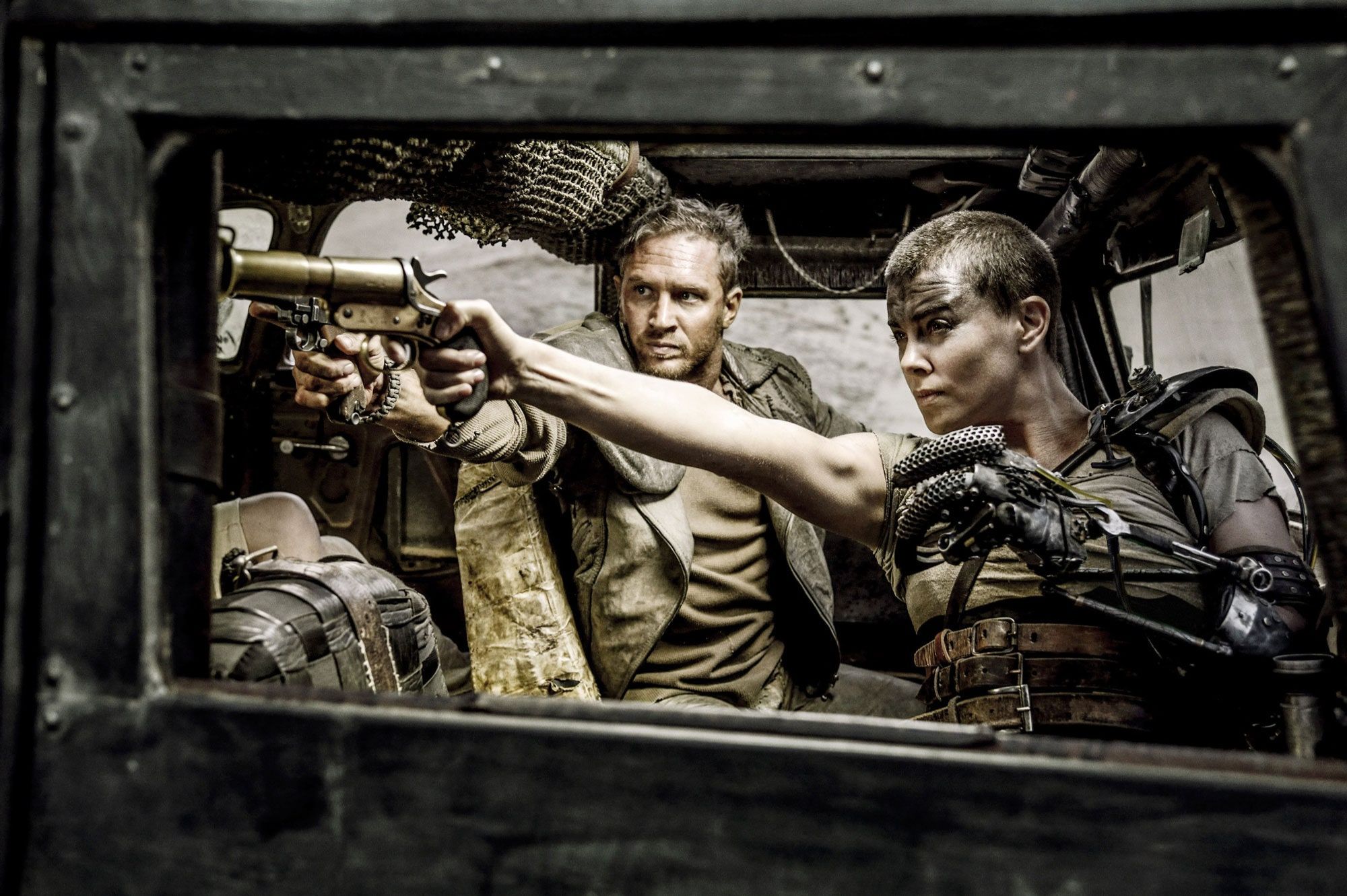Few could have predicted the enduring legacy of Mad Max. The little Australian film directed by George Miller in 1979 kickstarted the career of Mel Gibson and paved the way for countless copycat films set in dystopian wastelands. The original intent of the movies was simple enough, tell the story of a man in a post-apocalyptic world who's trying to survive. What proceeded was a film series that tackled everything from the barbarism of man to the mistreatment of women in a patriarchal society. Miller created his own little universe with his Mad Max series and it's been a welcome franchise in a space saturated with them.
The Mad Max series began with the release of Mad Max in 1979. In it, Gibson played Main Force Patrol officer, Max Rockatansky, a man trying to survive and keep law and order on the roads of dystopian Victoria, Australia. While the first film kept some semblance of civilization, the subsequent films in the series were pure post-apocalyptic chaos; an aesthetic that was borrowed by many films to come. Miller would go on to direct the sequels, Mad Max: The Road Warrior, Mad Max: Beyond Thunderdome, and Mad Max: Fury Road. Each film had its own unique identity and further cemented the legendary status of Miller's franchise. The four films have made their mark, but how do they stack up against one another? These are the Mad Max films ranked.
4 Mad Max: Beyond Thunderdome
The fourth film in the series, Mad Max Beyond Thunderdome would end up being Gibson's last time playing the character. Released in 1985, Mad Max: Beyond Thunderdome found Max once again wandering the desert before finding himself in the most advanced settlement in post-apocalyptic Australia, Bartertown.
The third film in the franchise didn't quite live up to the standards set by its predecessors, but Thunderdome was still an action-packed movie that made the most out of its higher budget and at times, campiness. Moreover, the set pieces remain a highlight that's often been duplicated.
3 Mad Max
The Mad Max franchise grew larger and larger with each sequel, yet it's the first entry of the series that proved to be the most profitable. Mad Max was made for a budget under $400 thousand and went on to make $100 million; making it one of the most profitable films ever made. With less money to work with, Miller had to rely on his own ingenuity, something that would continue on in the series with expert precision. His ability to craft intense action sequences with limited resources would become a hallmark of the famed Australian director.
Mad Max starred a young and less controversial Gibson as the famed former lawman out for revenge after the murder of his wife and daughter. Miller hadn't gone the full dystopian route for the film due to budget constraints but his vision was nevertheless impressive. The aesthetic of the slowly declining Australian civilization paired with Max and his iconic leather jacket and Ford Interceptor helped kick off the legendary franchise.
2 Mad Max: The Road Warrior
The second film in the series, Mad Max 2: The Road Warrior took everything from Mad Max and expanded on it in an explosive way. Now working with a budget under $5 million, Miller expertly crafted a post-apocalyptic landscape that would become a template for the rest of the series.
Gibson came into his own as the silent protagonist that Max would become to be known as. Now wandering the desert after the chaos that ensued in the first film, The Road Warrior found Max acting as a sort of lone gunman tasked with helping a group of settlers at the mercy of a group of marauders.
Miller's vision alongside his collaborators went on to create a specific image of the post-apocalyptic film that would go on to be utilized by filmmakers for years to come. One of the most enduring images of the film continues to be the leather-clad aesthetic of the roving marauders. That paired with cinematographer, Dean Semler's widescreen view of the vast Australian desert and Miller's knack for shooting an epic car chase proved to be the perfect recipe for this iconic entry into the Mad Max canon.
1 Mad Max: Fury Road
There was seemingly no real chance that Mad Max: Fury Road would work. Miller's continuation of the franchise that made him famous was in development hell for years. The preproduction of the film was so dragged out that Gibson would end up being replaced by the younger Tom Hardy. After adding Oscar winner Charlize Theron, Miller finally began production on the fourth film in the franchise. Yet, the trouble still continued. Reshoots and a less than stellar working relationship between Hardy and Theron muddled the production. The odds were as stacked up against Fury Road as they could possibly be. The sequel no longer had the original star that made Mad Max famous to begin with, the stars of the film were fighting on set, and the film would wait nearly two years before finally being released in 2015.
On paper, the movie sounded like it had all the makings of a massive bomb yet it went on to become one of the most important and critically acclaimed films of the 2010s. Fury Road would go on to be nominated for a whopping 10 Academy Awards including Best Director and Best Film. The film would wind up winning six of those Oscars including Best Production Design and Best Film Editing.
Fury Road was in fact a stunning visual masterpiece. Essentially acting as one long car chase, Fury Road never lets up on the action. In it, Hardy's Max finds himself helping a group of women escape the clutches of the dastardly warlord, Immortan Joe. However, it was Theron's turn as Imperator Furiosa that stood out; adding an intense dose of feminism set against a male-dominated backdrop created by the villain Immortan Joe and his War Boys. Fury Road proved to be worth the wait. The cast, set pieces, music, and gorgeous visuals paired with Miller's practical effects made this the best film in the series.

